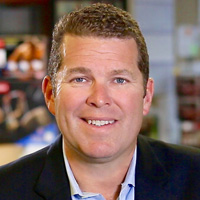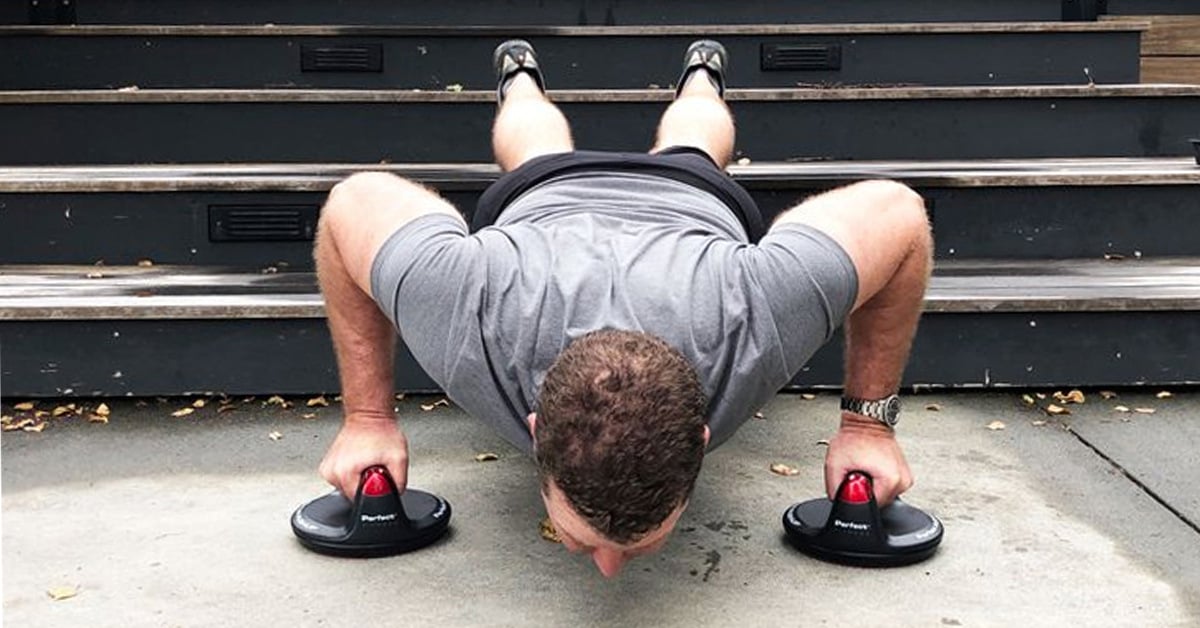Have you ever thought about what prompts you to take an action to achieve a positive impact? I’m not talking about a reactionary response, like what happens when you touch something hot or back away from a ledge that’s too high—I’m referring to an intentional action, like the ones you decide to make or not make to achieve your goals. How is it that certain successful people can keep taking actions toward a goal and not give up, while others who have similar capabilities decide to give up? Persistence is the key to achieving your dream, and knowing what goes into creating an action can go a long way toward achieving your goal.
I call it the Action Formula; but fear not, it’s not a complicated formula—it’s simple—just hard to do consistently. An action comes from two drivers or variables: thoughts and feelings. The actual end result—literally, the movements made—is dependent on the stamina of your body. The last part, the execution, is the simple part. Your body (bones, muscles, nerves, etc.) is a sensory system for your brain—it obeys your brain. If you’re not careful, your brain will obey your body. (This is major point of SEAL training—teaching candidates that you are in charge of your body; NOT the other way around.) The complicated part of taking an action comes before your body goes to work; it’s a conversation between what I call your head and your heart—your thoughts and your feelings.
What you think about and how you feel are the main deciding factors on what command you give your body (i.e., what kind of action to take, such as press on or pull back). Here’s the formula in really simple terms where “thoughts” are expressed as “T” and “feelings” are expressed as “F” and your body’s overall condition or stamina is expressed as “S.”
The Action Formula:
S (T + F) = Action
Thoughts and Feelings Drive Actions
“T” and “F” are the deciding factors of a positive or negative action, and stamina is your limiting coefficient. If your goal is to climb a mountain, and if you’re mentally and emotionally focused on making it happen, then the only thing left is your body’s physical limits (i.e., it’s fitness level). The rub is the battle that goes on inside of your head—the battle between “I can” and “I can’t”—those would be your thoughts. Your feelings can influence how you think, in particular how much you care about something. “Care” can trump pretty much any negative thought, just so long as you make a connection for yourself as to why it’s important to you. What happens is that many forget why they care, and when that happens, they stop daring—they stop going all-in; they stop giving it all the have.
Win the battle in your head, and you’ve won 80% of the challenge—the rest is taking the action and repeating it. I know, it sounds simple, but it’s hard in practice because life gets in the way. Peer pressure and distractions can prevent you from achieving your potential. Succeeding isn’t normal, and people can be afraid—or jealous, or both—of things that aren’t normal. Keep your thoughts and feelings in alignment (see my Outcome Account for tips on winning this head game), and you’ll find yourself living Alpha Mike (All-in, Move forward) every day—and that’s exactly how you will find success.
The Secret Sauce to the Action Formula
The Action Formula produces results, and your ability to take repeated actions is the key to success. Persistence determines your success or failure. All too often, you hear about folks who were so close to success, but they gave up just before finding it. Taking the first action is a big step, but the biggest step are all those seemingly little steps that must be taken day-after-day-after-day toward your goal—those are the ones that can be the hardest, because many times you don’t notice any progress. And when that happens, you can get demoralized, lose steam and feel discouraged. As helpful as it is to know the simple formula of taking an action: S ( T + F ), the next step is even more important—how to keep taking an action after the first one.
In a word, it’s called “focus.” Your focus determines the action you take. Feel tired? If you keep your focus on how tired you feel, then guess what happens? Not much. Feel Fired UP? Think you’ll feel negative or unmotivated? Doubtful. More than likely, you’ll be moved to take all kinds of actions. The key is knowing that your focus is the driver to making action happen. Imagine for a moment that you’ve been working out for 30 days; you step on the scale and notice you haven’t lost a pound. Where your focus goes will determine how you handle your next action. You could:
A. Focus on the past 30 days—how much you sacrificed, how much you gave up for zero results—and you’ll find yourself pretty quickly saying, “Screw it; losing weight isn’t for me; it’s time for Ben & Jerry’s!”
RESULT—you give up, or at the very least, you focus on your past efforts and re-establish bad eating habits, which sets you back.
B. Shift your focus from what the scale just said to trying on your skinny pants, and you notice they are looser than than they were 30 days ago; then you ask yourself, “Why?” Your brain goes to work and says to you, “I remember hearing that a pound of muscle is 5 times smaller in volume than fat—hey, good job, self—you may not be losing weight, but you are getting leaner and stronger!”
RESULT—you are energize to hit the next 30 days even harder; you look in the mirror and try on old clothes more often than you step on the scale, and…YOU keep working out!
“Focus” directs your energy, and energy results in actions. Your focus is the secret weapon to staying on course, versus running your proverbial ship aground. So, “What drives your focus” you ask?—The building block to the most powerful emotion there is: “CARE.” What you care about decides what you focus on; what you focus on determines your actions. Don’t care about a subject in school? Gee, how do you think your grades will be in that subject? You guessed it—not so good. Conversely, find a subject you really care about, and you won’t watch the clock; you’ll work on it night and day, because it’s that important to you. Care bonds your thoughts and your feelings into a singular focus that turbo-charges your ability to work. Care and focus are swim buddies—the two of them determine your direction. The challenge is finding something to care about when you look at a new task that doesn’t look very exciting. At first, it can be incredibly off-putting to find anything to care about in a task that you know you might initially fail at or, at the very least, is going to be a lot of hard work. When those moments come, smile to yourself and say, “Struggle builds strength”—and who doesn’t want to be strong?
The point is there are plenty of things out there that aren’t particularly enjoyable and may not hold too much interest (i.e., care), but you must persist through them if you wish to accomplish your goal. Like captaining a ship across the open ocean, pressing beyond the horizon can be terrifying and not particularly enjoyable; but pressing on you must because your goal is out there, waiting for you to grasp it. And to do so will require ship loads of actions fueled by how much you care and how much you can maintain your focus.
You got this!
Go All-in and Move forward one day at time.
Alpha Mike—Alden
Unstoppable Teams: The Four Essential Actions of High-Performance Leadership Hardcover – March 26, 2019
Unstoppable Teams is the handbook for how to build care-based teams that will push people to achieve more than they ever thought possible. You can pre-order your copy today!





